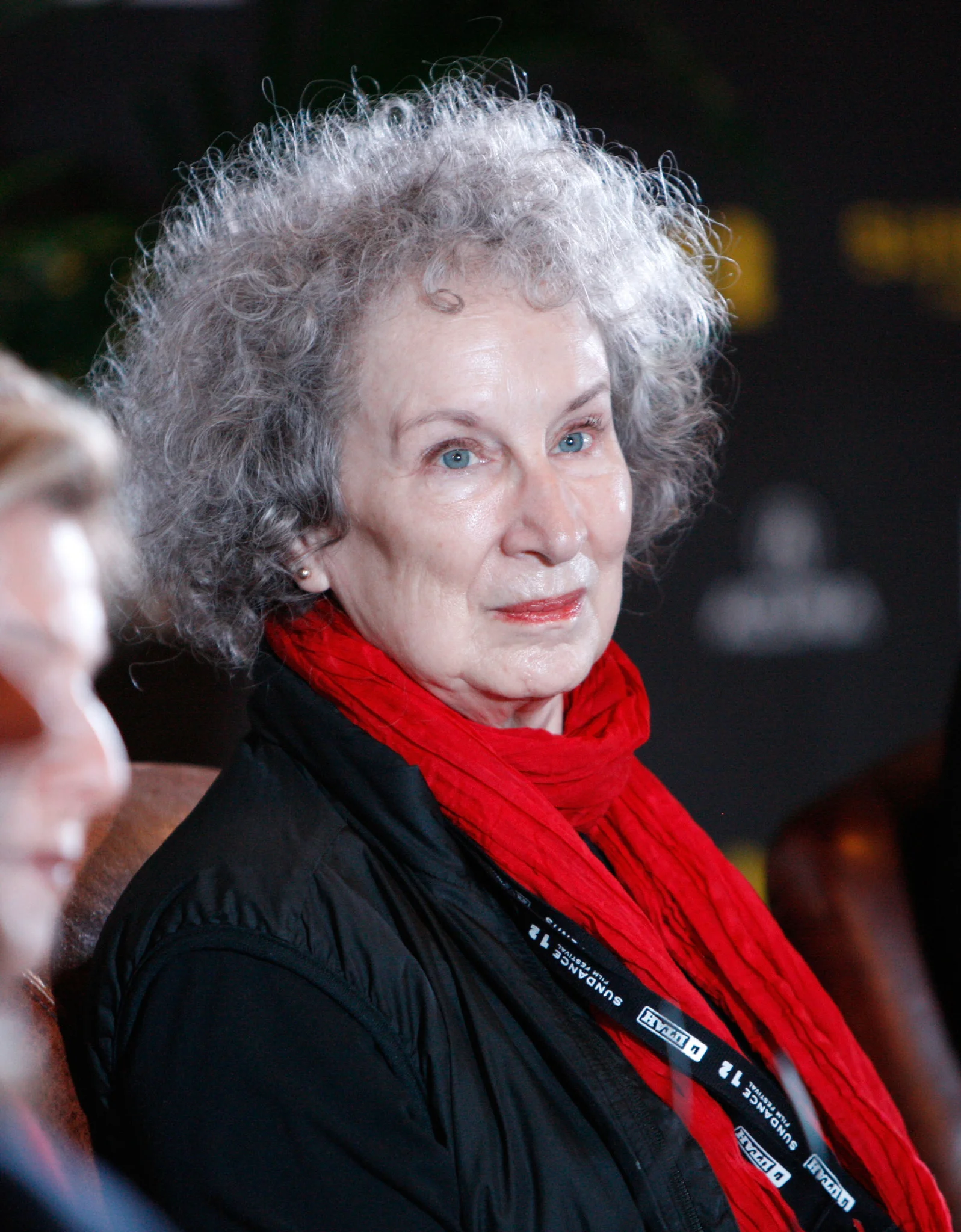Ernest Hemingway is renowned for a writing style that reshaped 20th-century literature—spare, direct, and emotionally restrained. Less often explored, but equally important, is how this distinctive voice was shaped by his early encounters with literary modernism in Paris, particularly through his friendship with Gertrude Stein.
Stein, a central figure in the expatriate intellectual community, exerted a deep, if at times contentious, influence on Hemingway’s artistic development. Her support, critique, and aesthetic principles helped shape not only Hemingway’s prose, but also his understanding of writing as craft.
Though the two writers would eventually grow apart, their relationship during Hemingway’s formative years left a permanent imprint on his approach to storytelling. Through mentorship, intellectual exchange, and artistic tension, Stein provided a catalyst for Hemingway’s evolution from aspiring journalist to groundbreaking novelist.
Paris in the 1920s: A Crucible of Modernism
When Hemingway arrived in Paris in the early 1920s as a young journalist for the Toronto Star, the city was teeming with artistic innovation. The post-war era had brought together writers, painters, and thinkers from across Europe and the United States, all seeking to reinvent creative expression in the wake of global catastrophe. At the center of this movement was Gertrude Stein, an American writer and art patron whose apartment at 27 Rue de Fleurus became a gathering place for avant-garde artists like Pablo Picasso, Ezra Pound, and F. Scott Fitzgerald.
Hemingway’s introduction to Stein was orchestrated by journalist Sherwood Anderson, who encouraged him to meet the older writer. From their first meetings, Stein took an interest in the young man’s work. Their relationship soon evolved into a mentorship, with Stein offering Hemingway guidance not just on writing, but on how to live as an artist in the modern world.
Stein’s Theories of Language and Repetition
Gertrude Stein’s own writing style was radical. In works like Tender Buttons and Three Lives, she broke with traditional syntax and narrative structure, using repetition and rhythmic variation to deconstruct how meaning is made. For Stein, language was not just a tool for describing reality, but a medium with its own patterns, music, and possibilities.
Although Hemingway never adopted Stein’s experimental form in its entirety, her theories left an undeniable mark on his prose. She emphasized clarity of expression and the emotional resonance of repetition, lessons Hemingway internalized and adapted. His famously terse sentences and deliberate repetitions—what some critics refer to as the “iceberg theory” of writing—echo Stein’s insistence on economy and precision, even if his results were more understated.
In stories like “Hills Like White Elephants,” Hemingway’s dialogue-driven narrative hinges on subtle rhythm and pared-down language. Each word must carry weight. This minimalist discipline, though executed in his own voice, reflects Stein’s influence on how language should be handled: not carelessly, but with attention to its shape, sound, and strength.
The Mentor’s Role: Validation and Provocation
Stein was among the first to take Hemingway seriously as a writer. Her validation gave him confidence in an uncertain time. In A Moveable Feast, Hemingway recalls visiting Stein regularly, absorbing her literary philosophies and listening to her thoughts on art and writing. Their conversations ranged widely—from grammar to narrative form to artistic sincerity. She encouraged him to keep writing and advised him to discard the “newspaper habit” of over-explaining and overwriting.
However, her influence wasn’t always nurturing in a conventional sense. Stein could be demanding and dogmatic in her opinions, and Hemingway—brash and proud—sometimes bristled under her critique. Yet these moments of friction were part of the apprenticeship. In challenging Hemingway’s assumptions about literature, Stein forced him to articulate his own convictions, to push back, and to refine his aesthetic instincts.
This dynamic helped Hemingway develop a literary identity grounded not just in imitation or obedience, but in thoughtful resistance and adaptation.
“You Are All a Lost Generation”
One of Gertrude Stein’s most enduring contributions to Hemingway’s mythos is her famous phrase, “You are all a lost generation,” which he used as the epigraph for his 1926 novel The Sun Also Rises. The line, reportedly spoken by a Parisian garage owner to a young mechanic, encapsulated the disillusionment of post-World War I youth—a theme central to Hemingway’s early work.
Though Hemingway later claimed to dislike the label, his decision to include it reveals how Stein’s framing of the generation resonated with his own observations. In that simple line, Stein captured a shared mood of aimlessness and emotional exhaustion, one that Hemingway would explore in his detached, unsentimental portraits of expatriate life. Her phrase gave him language for a condition he had felt but not yet defined.
Divergence and Fallout
As Hemingway’s success grew, so did the tension between him and Stein. Their literary aesthetics had always differed, but personal disagreements eventually fractured their relationship. Hemingway’s portrayal of Stein in A Moveable Feast is often dismissive, even mocking, suggesting lingering resentment or rivalry.
Despite this falling out, the impact of Stein’s early mentorship is undeniable. Even as he distanced himself from her ideologically, he continued to deploy techniques he had honed under her guidance—namely the focus on rhythm, repetition, and the unsaid.
In a way, their falling out mirrors the trajectory of many mentor-mentee relationships: from admiration to individuation, and sometimes to rejection. Yet even rejection, in such a case, affirms influence.
Shaping the Modern Literary Landscape
The literary styles of Hemingway and Stein diverged dramatically over time, but together they contributed to the evolution of modern prose. Stein’s commitment to linguistic experimentation and her insistence on the importance of artistic community paved the way for younger writers like Hemingway to break from Victorian literary conventions.
Hemingway’s early novels—The Sun Also Rises and A Farewell to Arms—reflect this inheritance. While they are cleaner in structure and more accessible than Stein’s writing, they bear the mark of a writer who learned early to distrust verbosity, to write with rhythm, and to say less in order to mean more.
A Crucible of Style and Identity
Ernest Hemingway’s friendship with Gertrude Stein may not have ended in harmony, but its impact on his literary development is both significant and lasting. Stein offered him a conceptual framework for viewing writing as art, a discipline that demanded precision and self-awareness. Her influence helped shape not only his sentences, but also his sense of himself as a writer living through a turbulent historical moment.
Ultimately, the relationship between Hemingway and Stein was not defined by stylistic mimicry but by transformation. Stein helped Hemingway shed the habits of a reporter and find the voice of a novelist—one whose clipped cadences and emotional restraint would come to define American literature for generations to come.


